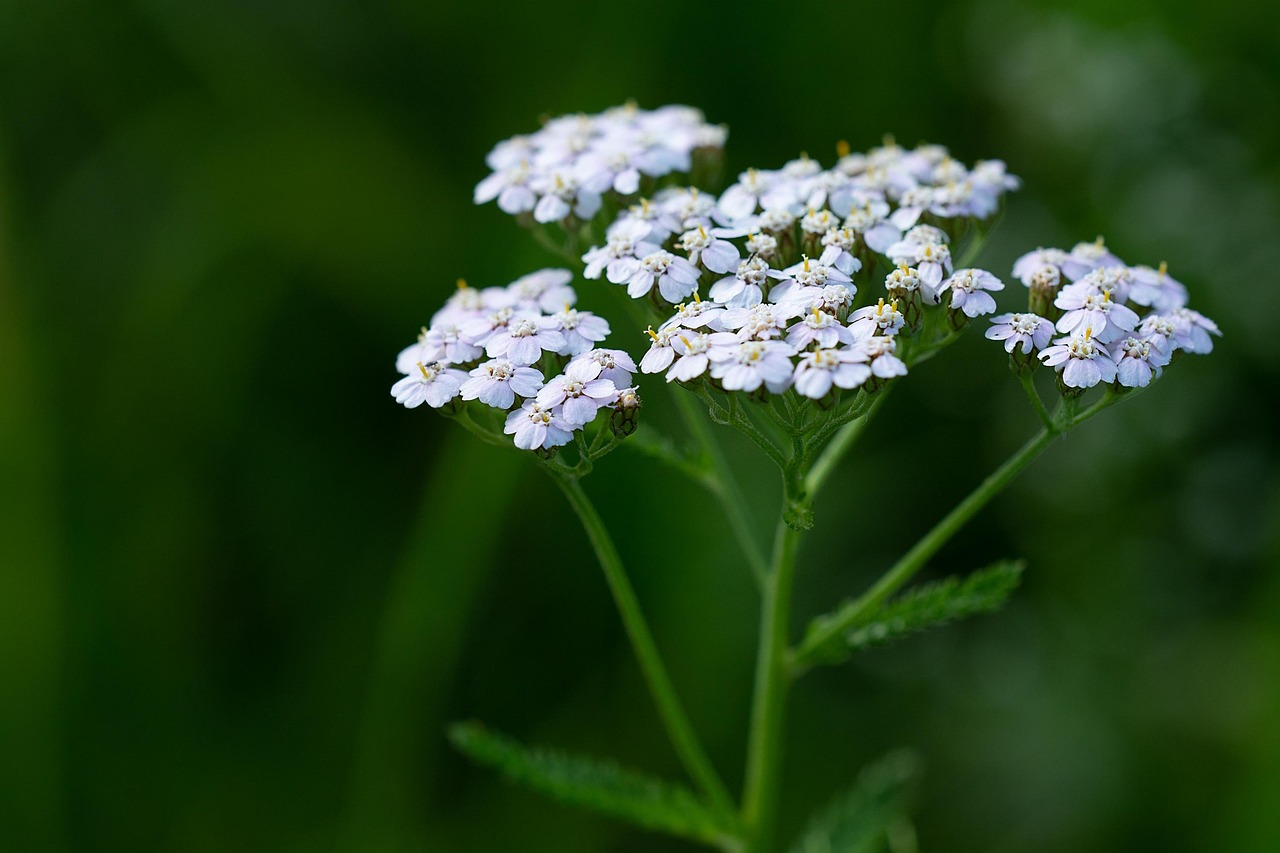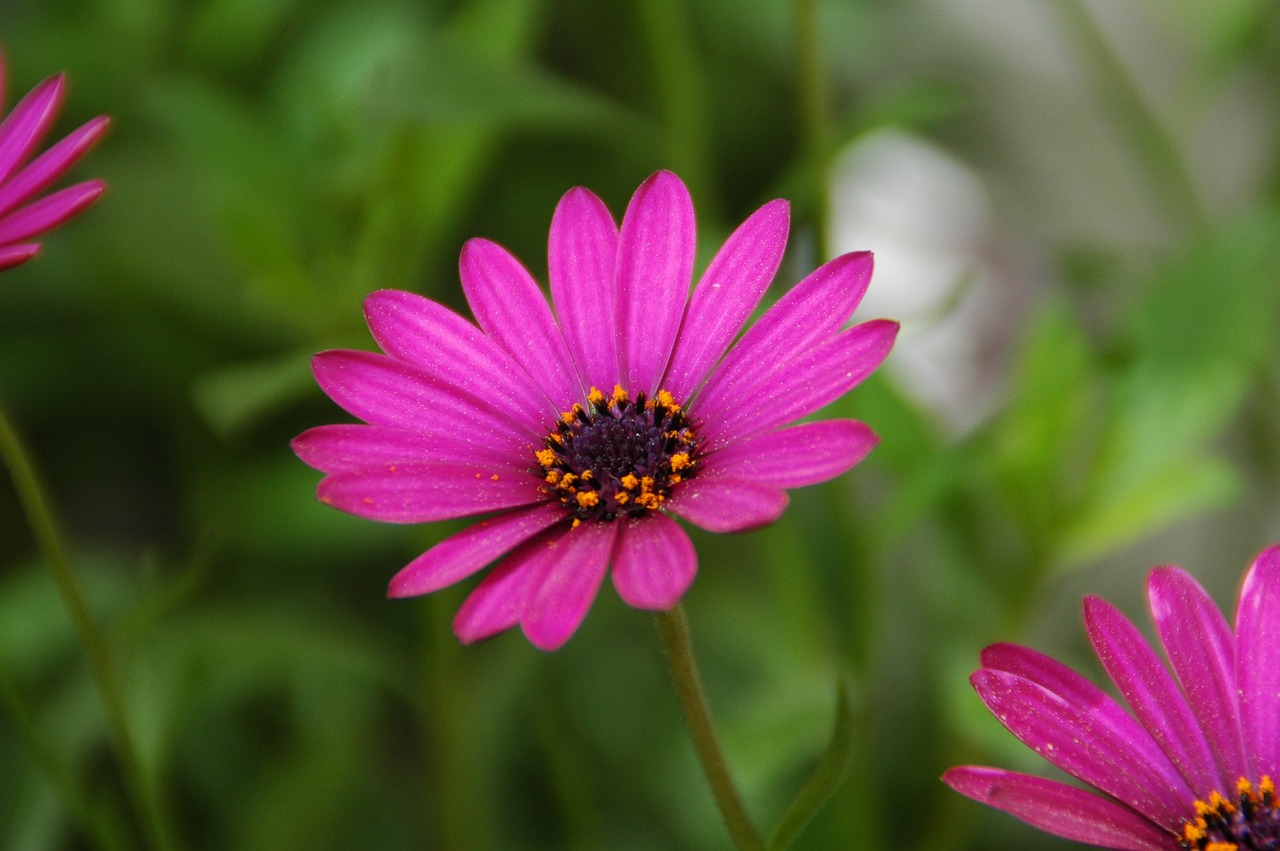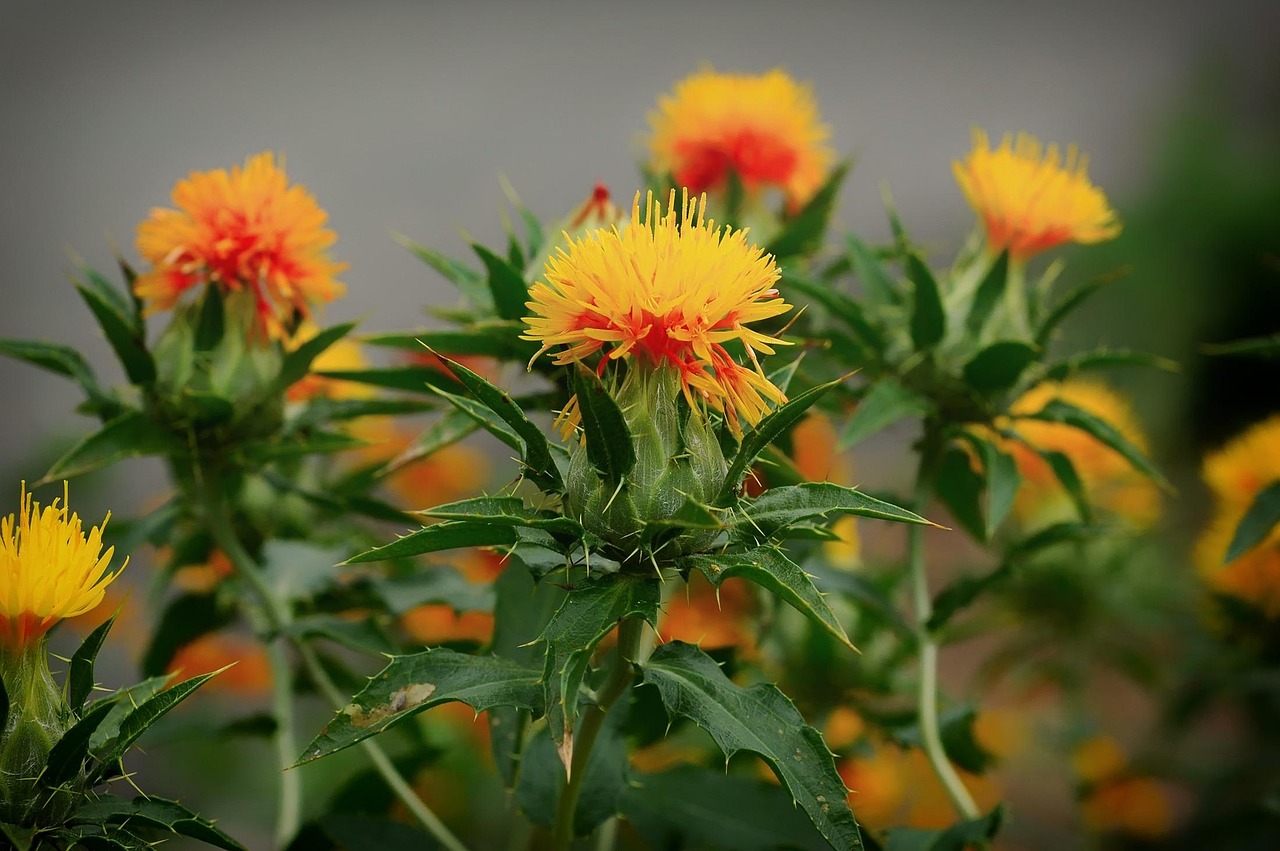Daisy | A Small European Flower Smiling with the Sunlight
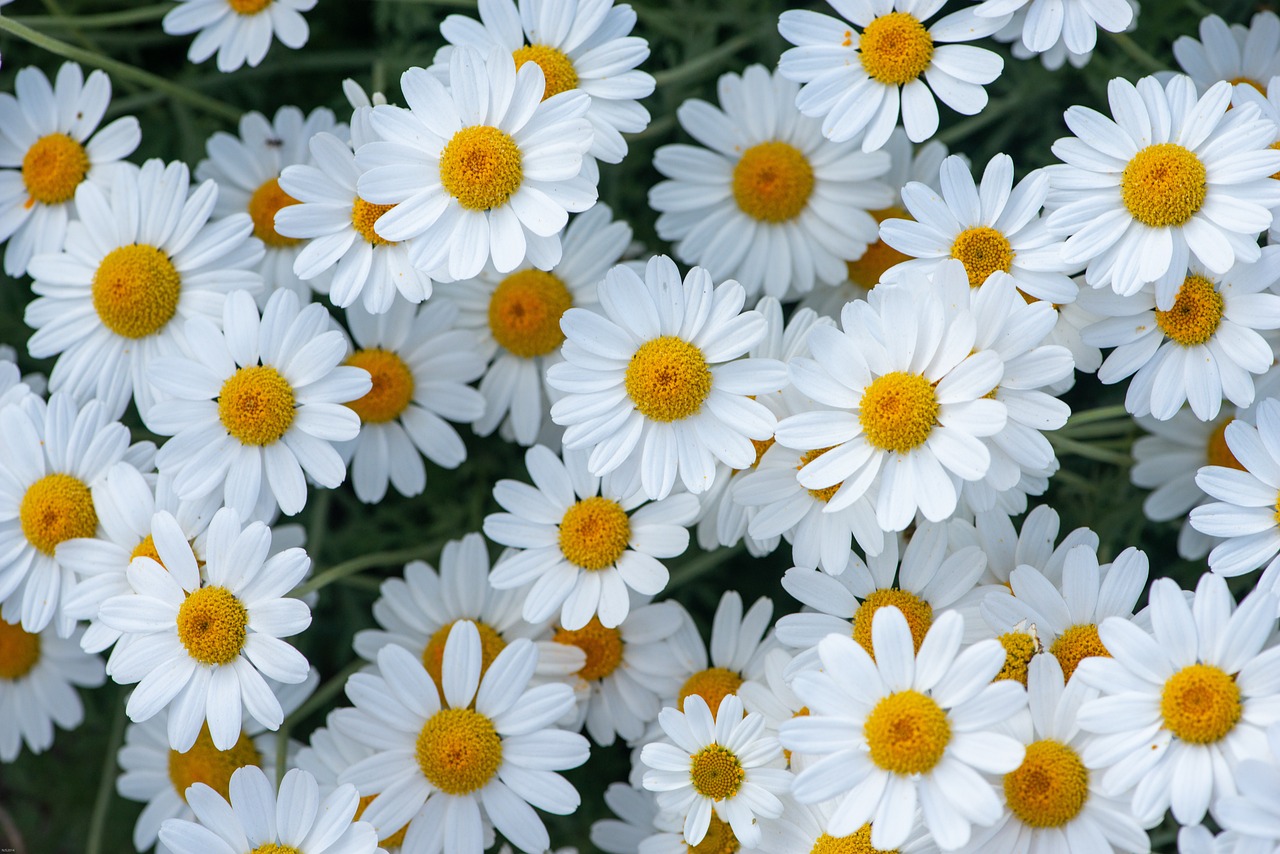
The daisy is a popular flower known for its simple and charming appearance, often adorning gardens and flower beds. It has been cherished since ancient times and is widely recognized as a symbol of purity and innocence.
In this article, I will introduce the basic information, history, cultural background, and tips for growing daisies.
Basic Information
- Scientific name: Bellis perennis
- Family: Asteraceae (Daisy family)
- Origin: Europe, Asia
- Appearance: The daisy is a small flower characterized by its round center and slender petals. The most common variety has white petals with a yellow center, but pink and red cultivars also exist. With its low height, it is well-suited for flower beds and pots.
- Blooming season: Typically from spring to early summer, though in warmer climates it can bloom until autumn.
Cultural Significance
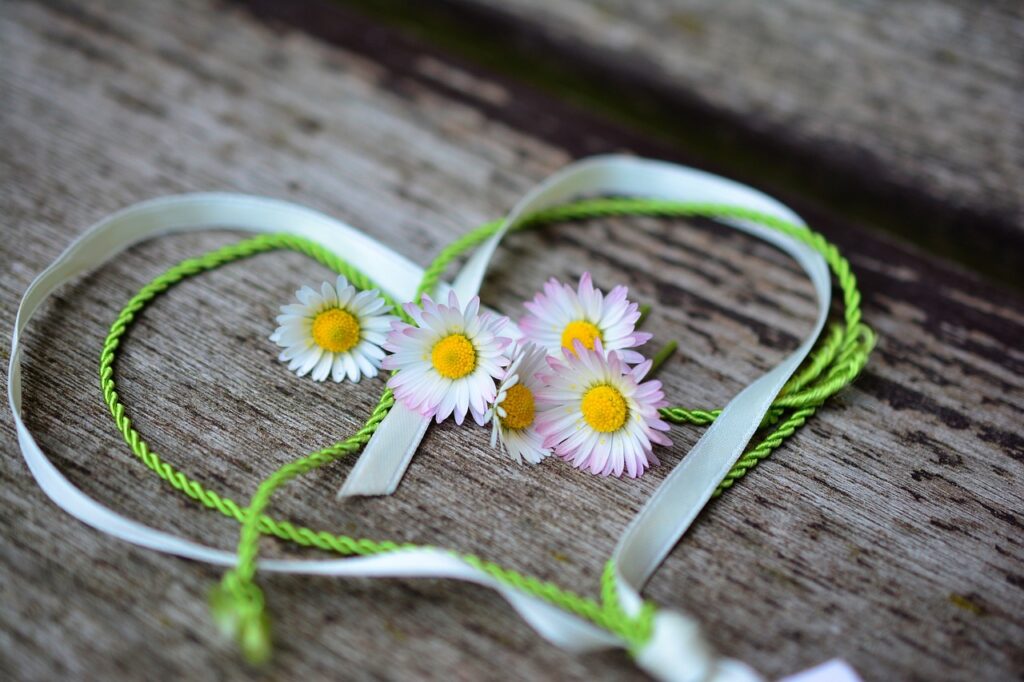
Daisies are loved around the world and are especially cherished in Europe as a flower that heralds the arrival of spring.
They symbolize purity, innocence, and peace, making them popular for gifts to children or as tokens of heartfelt emotions.
In the United States, daisies are also regarded as symbols of friendship and happiness, making them a common choice for garden parties and outdoor decorations.
In Christian tradition, the daisy has long been associated with purity and simplicity, often dedicated to the Virgin Mary.
Historical Episodes
The daisy is deeply rooted in literature and folklore. For example, in Roman legend, a forest nymph is said to have transformed into a daisy to escape the pursuit of the gods.
In Victorian England, a game of love divination became popular, where one plucked daisy petals while chanting, “He loves me, he loves me not.”
The name “daisy” is believed to derive from “day’s eye”, referring to its tendency to open in the morning with the sun and close at night.
Thus, the daisy has been closely tied to human life throughout history and continues to be beloved today.
Gardening Advice

Cultivation Guide
The daisy is relatively easy to grow and thrives in sunny locations.
Ideally, it should receive 5–6 hours of sunlight daily, though it can also adapt to partial shade.
Watering should be done moderately when the soil surface becomes dry, while avoiding excessive moisture.
Regularly removing spent flowers allows the plant to conserve energy and promote new blooms.
Ensuring proper spacing and good air circulation helps prevent pests and diseases.
Growing Conditions
Daisies prefer well-drained soil. In humid environments, using soil with good drainage is essential to prevent root rot.
They require little fertilizer, but applying a small amount of slow-release fertilizer before blooming is beneficial.
Many varieties are tolerant of cold weather, making daisies easy to grow even in winter.
Conclusion
The daisy is a simple yet meaningful flower, rich in symbolism and history, and beloved as a cheerful addition to gardens. Because it is easy to cultivate, it is an excellent choice for beginner gardeners.
I hope you will enjoy growing daisies in your garden or on your balcony, inspired by the tips shared here.


